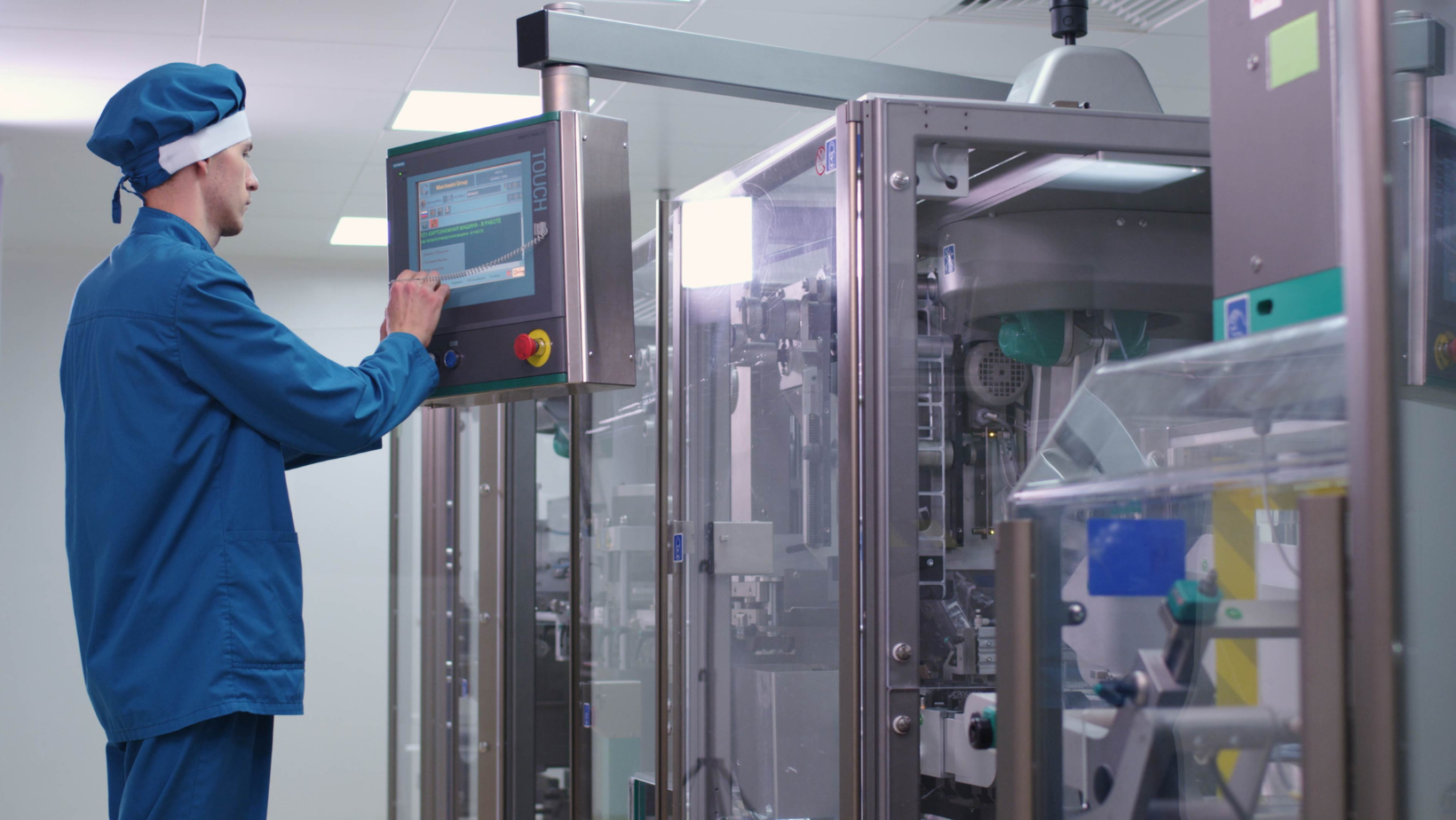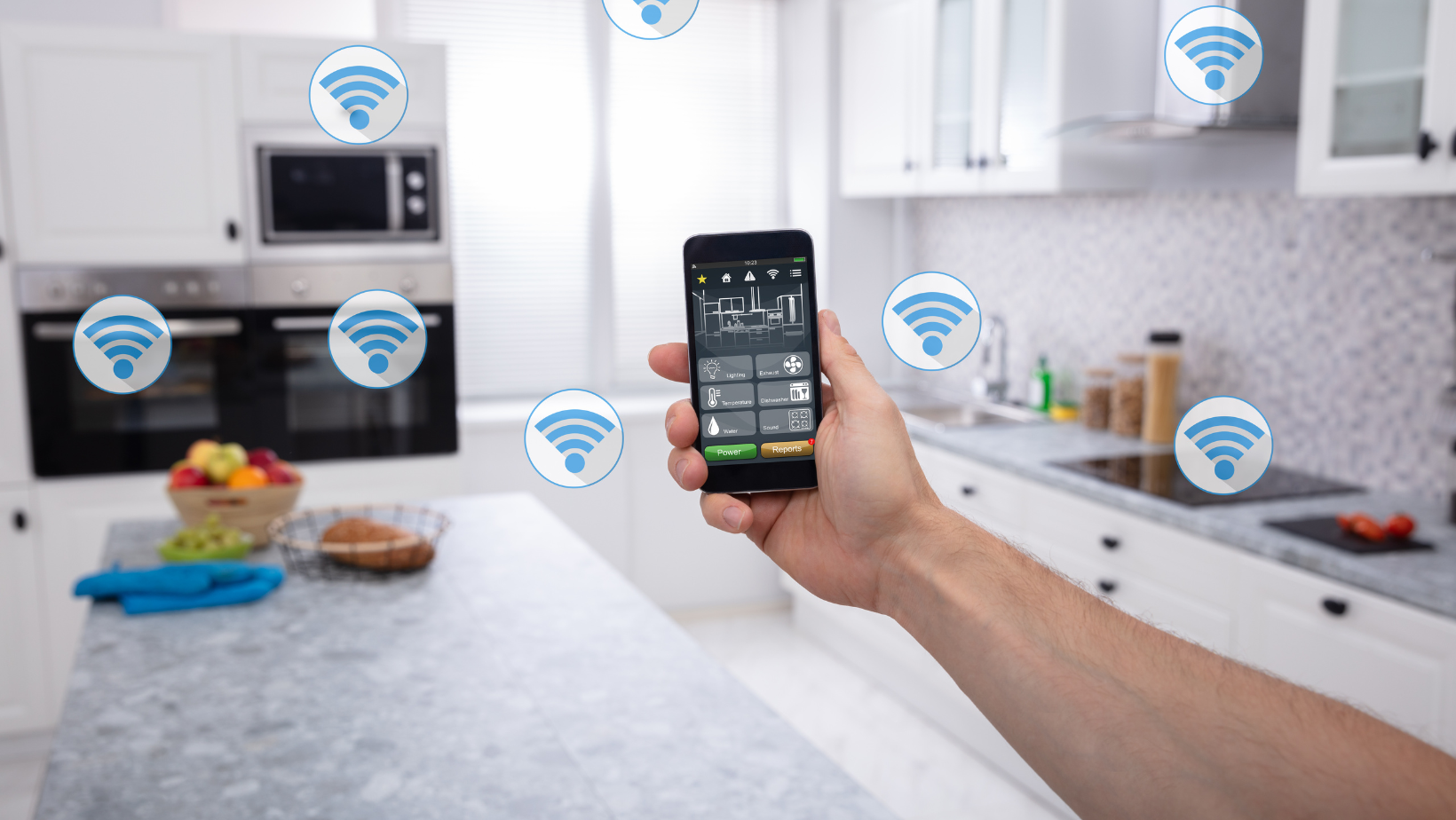
As buildings become more complex and sophisticated, the need for efficient and effective building management systems becomes increasingly evident. Building Automation and Control Systems (BACS) have emerged as an essential tool in managing various aspects of a building's operations, from heating and cooling to lighting and security. These systems use advanced technology to integrate different components of a building into a centralized system that can be monitored and controlled remotely.
This results in improved energy efficiency, reduced operational costs, and enhanced occupant comfort. This article will delve into the three basic components of building automation systems and how they work together to create a fully functional and efficient building management system. So, let's dive into the world of BACS and explore its fundamental components in detail.
The Building Automation System
The Building automation system is a network of microprocessor-based controllers interconnected to automate and control the various systems within a building. This central nervous system of a building automation system is designed to access control systems and regulate the environment, optimizing comfort for occupants and efficiency for operators. It controls physical subsystems such as heating, ventilation, air conditioning (HVAC), lighting, security, fire alarms, and other essential systems, automating their operation based on predefined parameters and schedules.
Central to this is the system's ability to collect data, analyze it, and make decisions, whether adjusting the temperature to changing outdoor conditions, dimming lights in response to natural daylight, or triggering alarms in case of a security breach. Through connectivity and integration, BACS ensures the seamless operation of these diverse subsystems, enhancing the building's overall performance, reducing its environmental impact, and making it a more comfortable and safer place for its occupants.
Additionally, BACS can be programmed and customized to meet the unique needs of a building, making it a flexible and versatile solution. It can also be remotely accessed and controlled, allowing operators to monitor and adjust building control systems from a centralized location in real-time. As technology advances, BACS becomes more sophisticated, incorporating features such as artificial intelligence and machine learning to optimize operations and continuously adapt to changing conditions. Now that we have an understanding of what BACS is, let's take a closer look at its three basic components.
The Three Basic Components
One of the key features of BACS is its modularity, meaning it consists of several components working together harmoniously to achieve the desired outcome. These components include sensors, controllers, and actuators. Let's examine each of these in detail.
1. Sensors
Sensors are at the forefront of BACS, acting as its eyes and ears by detecting changes in the building's environment and providing data to the system. These devices can measure temperature, humidity, occupancy, and light levels. They are essential for collecting real-time data, enabling the energy management system to make informed decisions and adjust operations accordingly. Sensors come in different types and technologies, each with unique advantages depending on their application.
For instance, proximity sensors use ultrasonic waves or infrared signals to detect motion or occupancy in a room. These sensors are commonly used in lighting control systems, where they turn off lights when no one is present, reducing energy waste. Another type is temperature sensors that sense indoor temperatures and send signals to the BACS, which can adjust HVAC operations to maintain a comfortable temperature. Some sensors also have built-in algorithms that allow them to analyze data and make decisions independently, making them an integral part of any BACS system.
Factors To Consider Before Selecting Sensors
Seamless integration with the BACS is crucial when selecting sensors. Some key factors to consider include:
Accuracy and precision
When selecting sensors for your BACS, accuracy and precision are essential. These two terms may seem similar, but they have distinct differences that are crucial in properly functioning a building management system. Accuracy refers to how close the sensor's measurements are to the actual value, while precision refers to the consistency of those measurements.
In other words, a sensor with high accuracy will provide data close to the true value, while a sensor with high precision consistently gives similar results. Both accuracy and precision are crucial for ensuring reliable and efficient data collection in a BACS.
Compatibility
Another crucial factor to consider when selecting sensors for a BACS is compatibility. The sensors must be compatible with the overall system and its components. This means that they should be able to communicate with other devices, such as controllers and actuators, through a common language or protocol. Incompatible sensors may result in data discrepancies, leading to inaccuracies in the BACS's decision-making process.
Compatibility also refers to the physical and environmental conditions of the building where the sensors will be installed. Factors such as temperature range, humidity levels, and exposure to sunlight can affect sensor performance if not considered during selection. Choosing sensors designed for the specific application and environment in which they will be used is essential.
Power Source and Maintenance
Different sensors require different power sources, such as batteries or wired connections, and have varying levels of power consumption. When selecting sensors for a BACS, it is important to consider the most suitable power source for your specific application and the expected maintenance requirements. For instance, HVAC systems may be more convenient but will require regular battery replacements, while wired ones may need less frequent maintenance but can be challenging to install in existing smart buildings.
Cost and Scalability
The cost of sensors can vary greatly, depending on their type, technology, and brand. It is important to consider the budget allocated for BACS components when selecting sensors while also keeping in mind the system's scalability. As a building's needs change over time, it may require additional sensors to be integrated into the BACS. Therefore, selecting scalable sensor solutions can help save costs in the long run.
2. Controllers
Controllers are the brains of BACS, responsible for processing and analyzing data received from sensors to make decisions. These sophisticated devices use algorithms and logic programmed by building management professionals to control and regulate various security systems in a building. They act as an intermediary between sensors and actuators, receiving input from sensors and providing output to actuators based on predefined rules and commands.
One of the essential functions of controllers is monitoring energy usage in a building. By collecting data from sensors, they can determine areas where energy consumption can be reduced without compromising comfort levels. This information is then used by facility managers to optimize operations, resulting in significant cost savings for building operators. In addition, controllers also provide real-time feedback on the performance of various smart building systems within a building, allowing operators to identify and address any issues promptly.
Factors To Consider Before Selecting Controllers
Closely related to sensors, several factors should be taken into consideration when selecting controllers for a BACS:
Scalability and Compatibility
As with sensors, it is crucial to consider the scalability and compatibility of controllers before selection. Controllers should be able to communicate seamlessly with other BACS components while allowing for future expansion as building needs change. In addition, they should support various protocols and languages used by different devices.
Programming Capabilities
The programming capabilities of controllers are also essential considerations. Some controllers come with pre-programmed algorithms and logic, while others allow custom programming based on specific building requirements. The latter option offers more flexibility in optimizing system operations and can accommodate unique features or functions that may not be available in pre-programmed controllers.
User Interface and Accessibility
The user interface and accessibility of controllers play a crucial role in the functionality of a building automation and control system. A well-designed user interface allows building managers to easily monitor and control various systems within a building, such as HVAC, lighting, and security. This improves efficiency and reduces operational costs by providing real-time data on energy consumption.
The accessibility of controllers is essential for remote monitoring and troubleshooting. As buildings become more complex and widespread, being able to access the BACS remotely is becoming increasingly important. With advanced controllers that offer cloud-based connectivity, building operators can monitor and adjust system settings from anywhere with an internet connection.
3. Actuators
Actuators are the muscles of a BACS, responsible for carrying out the commands given by controllers. These devices control physical building automation systems (BAS) such as motors, dampers, valves, and switches within a building. They receive signals from controllers and perform specific actions based on predefined instructions.
For example, if the temperature sensors detect that the room is too warm, they signal the controller. The controller will then process this data and send a command to the actuator responsible for the HVAC system, instructing it to lower the temperature. The actuator will then open or close the appropriate valves and dampers to regulate the airflow, maintaining a comfortable temperature in the room.
Factors To Consider Before Selecting Actuators
As with sensors and controllers, there are several factors to consider when selecting actuators for a BACS:
- Compatibility and communication protocols: Actuators must be compatible with the controller and other BACS components they will communicate with. As such, ensuring that all devices use the same communication protocols and languages is crucial.
- Energy efficiency and maintenance requirements: As with sensors, energy efficiency should also be considered when selecting actuators. They should consume minimal energy while effectively carrying out their designated tasks. Maintenance requirements should also be considered, as they can significantly impact operational costs.
- Type of actuator: There are various types of actuators available, including pneumatic, electric, and hydraulic. The type of actuator chosen should be based on the system it will be controlling and its specific requirements.
- Installation requirements: It is important to consider the installation requirements of actuators before selection. Some may require specialized tools or expertise, while others require more straightforward installation processes.
Benefits of Well-Designed Building Management Systems
A well-designed BACS can provide numerous benefits to building owners and operators, including:
Cost Savings
One of the primary benefits well-designed building automation systems play is the ability to reduce energy costs. Automated systems are able to provide greater control over building operations, allowing indoor air quality monitoring. Additionally, automation systems can help identify areas where operational procedures could be improved in order to reduce costs further.
Enhanced Comfort and Productivity
A well-designed centralized control system goes beyond controlling energy usage. It also plays a crucial role in enhancing the comfort and productivity of building occupants. By maintaining optimal temperature, lighting, and air quality levels, BACS creates a comfortable environment for employees, students, or residents to work or live in. This improves their physical well-being and boosts productivity and overall satisfaction. For example, a university campus implementing a BACS saw increased student attendance and satisfaction due to improved indoor air quality and temperature control.
Furthermore, BACS can create personalized settings for individual rooms or zones within a building based on occupant preferences. With advanced features such as occupancy sensors, BACS can adjust a room's temperature, lighting, and ventilation based on occupancy levels, ensuring maximum comfort and energy efficiency. This can lead to increased productivity as occupants no longer have to spend time adjusting these settings themselves.
Improved Maintenance and Troubleshooting
Maintenance and troubleshooting are essential components of building automation and control systems, as they can significantly impact the overall functionality and efficiency of a building. A well-designed BACS incorporates advanced diagnostic tools to identify potential issues before they become costly problems. This proactive approach to maintenance allows building managers to address any underlying issues promptly, reducing downtime and minimizing disruptions for occupants.
For example, in a hospital setting, a BACS with remote monitoring capabilities can quickly detect equipment malfunctions or failures, allowing maintenance staff to respond immediately and prevent any critical impacts on patient care. Additionally, with cloud-based connectivity, troubleshooting becomes more accessible and efficient as building operators can remotely access system data and make necessary adjustments from anywhere with an internet connection. This improves response time and reduces the need for on-site visits, saving time and resources.
Challenges of Building Automation Systems
While there are numerous benefits to implementing a building automation and control system, it also comes with its set of challenges. These may include:
- Complexity: BACS can be complex systems requiring specialized knowledge and expertise for installation, maintenance, and troubleshooting. This can lead to high initial costs and ongoing training requirements for building operators.
- Integration issues: As mentioned earlier, compatibility between components is crucial in a BACS. Integration issues can arise when using different brands or communication protocols, leading to communication breakdowns and reduced functionality.
- Security risks: With the increasing use of cloud-based connectivity in BACS, security risks become a concern. Building operators must ensure proper security measures are in place to protect sensitive data from cyber threats.
Conclusion
A well-designed building automation and control system (BACS) holds immense potential to benefit both building owners and occupants. By meticulously considering the factors discussed above and understanding potential challenges, one can handpick the most suitable components and ensure the seamless implementation of BACS in their building. It is, therefore, crucial to invest time and resources in selecting and designing a BACS that caters to the specific needs of your building.
With proper installation, maintenance, and troubleshooting strategies, a well-designed BACS can revolutionize energy efficiency, comfort, productivity, and energy savings for any building. So, if you're contemplating implementing a BACS in your building or upgrading an existing system, pause and reflect on these factors before making any decisions. Rest assured, your investment will pay off in the long run, offering all occupants a remarkably comfortable and efficient environment. Explore the possibilities of a well-designed building automation and control system for your building today and witness the transformation firsthand!






